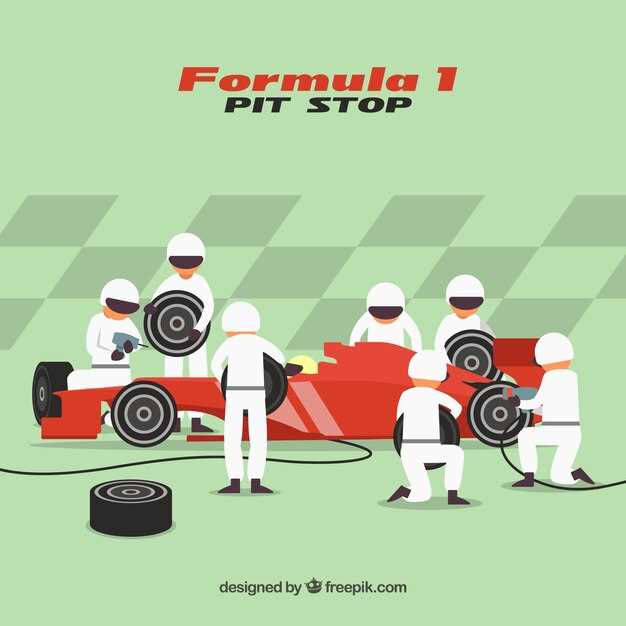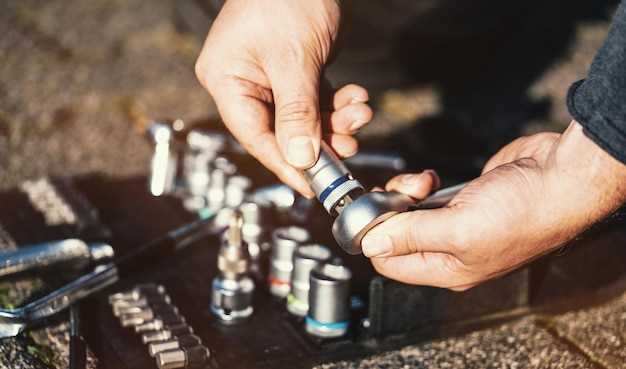

Achieving peak performance on the racetrack is not just about raw power or driving skill; it heavily relies on the fine-tuning of your vehicle’s settings. One critical aspect that often gets overlooked is the alignment of the wheels, specifically the camber angle. Getting the camber just right can lead to enhanced grip, improved handling, and ultimately, faster lap times.
Camber is the angle at which the wheels are tilted in relation to the vertical axis of the vehicle. The right camber setting allows for optimal tire contact with the road during cornering, which is essential for maintaining stability and control. An improper camber alignment can lead to uneven tire wear, reduced traction, and an overall decline in performance. Therefore, understanding how to manipulate your camber settings is crucial for any serious racer.
In this article, we will delve into the various factors that influence camber settings, including weight distribution, suspension geometry, and driving style. We will also explore how to achieve the ideal racing alignment tailored to your specific needs, ensuring you harness the full potential of your vehicle as you tackle the track.
Understanding Camber Angles and Their Impact on Tire Grip

Camber angle refers to the tilt of the wheels in relation to the vertical axis when viewed from the front of the vehicle. It can be measured in degrees and comes in three forms: positive, negative, and zero camber. The camber angle plays a crucial role in optimizing tire grip, particularly during cornering. A negative camber angle, where the top of the wheel tilts inward, helps improve tire contact with the road surface during turns, allowing for enhanced cornering stability and traction.
On the contrary, positive camber, where the top of the wheel tilts outward, can lead to reduced grip due to limited contact with the road. This configuration might be beneficial for certain driving conditions, such as straight-line acceleration in drag racing, where cornering is not a priority. However, most racing applications seek a negative camber setup to maximize lateral grip.
Additionally, the effectiveness of camber angles is influenced by other alignment settings, such as toe. While camber focuses on vertical tire orientation, toe addresses how the wheels are angled in relation to the vehicle’s centerline. A combination of the correct camber and toe settings is essential for achieving optimal performance, as they collectively impact handling, tire wear, and overall stability.
The right camber angle is contingent upon several factors, including track conditions, tire characteristics, and the specific dynamics of the vehicle. A thorough understanding and precise adjustment of camber angles can lead to substantial enhancements in tire grip, allowing racers to push their limits while maintaining control.
Adjusting Toe Settings for Improved Handling and Stability

Toe settings play a crucial role in a vehicle’s handling and stability. Proper adjustment of the toe angle can significantly enhance performance, particularly in racing scenarios where precision is paramount.
Toe refers to the angle of the wheels in relation to the centerline of the vehicle when viewed from above. There are two primary types of toe settings: toe-in and toe-out. Adjusting these can influence how a car responds to steering inputs and how stable it is during high-speed maneuvers.
- Toe-In: This setting occurs when the front of the wheels is angled towards the centerline. It generally improves straight-line stability, making it a preferred choice for vehicles that experience high-speed driving situations.
- Toe-Out: Conversely, toe-out means the front of the wheels is angled away from the centerline. This adjustment enhances responsiveness and cornering agility, making it beneficial for racing applications where quick directional changes are frequent.
To achieve optimal handling, the following factors should be considered:
- Driving Style: Determine whether your racing style benefits more from stability (toe-in) or responsiveness (toe-out).
- Track Conditions: Adjust settings based on the track surface and configuration. For instance, a highly technical track may require more toe-out for sharper turns, while a longer straight might benefit from toe-in for stability.
- Tire Wear: Monitor tire wear patterns. Excessive wear on the inner or outer edges can indicate incorrect toe settings, suggesting a need for reevaluation.
In addition to toe settings, camber angles should also be factored in, as they work together to affect traction and stability. A negative camber setting can enhance grip during cornering, but it should be balanced with appropriate toe settings to prevent instability.
Ultimately, adjusting toe settings is a critical step in fine-tuning a vehicle’s handling characteristics. Regular evaluation and adjustment based on track feedback and driving conditions can lead to improved performance and greater confidence during competition.
Balancing Camber and Toe for Specific Track Conditions
In the pursuit of optimal racing performance, the balance between camber and toe settings plays a crucial role, particularly in adapting to specific track conditions. Camber refers to the tilt of the wheel in relation to the vertical axis, while toe defines the angle of the wheels relative to the centerline of the vehicle. Both settings directly influence tire contact with the track surface and subsequently affect grip and handling characteristics.
When racing on tight and twisty circuits, a more aggressive negative camber setting can enhance cornering grip by maximizing the contact patch of the tire during cornering. However, this adjustment can lead to uneven tire wear if not balanced with appropriate toe settings. In this context, a slight toe-in may be beneficial, improving stability during high steering angles while reducing the likelihood of oversteer. It is essential to avoid excessive toe-in that can cause sluggishness in straight-line performance.
Conversely, on high-speed tracks featuring longer straights and sweeping corners, the emphasis may shift toward achieving better straight-line stability. A reduced negative camber can mitigate drag and align the tire’s maximum contact area with the road during high-speed sections. For toe settings, a slight toe-out can provide quicker turn-in response, making the vehicle more agile when navigating fast corners. Nevertheless, this should be adjusted carefully, as it can lead to increased tire wear and instability under braking.
In wet or slippery conditions, adjustments to camber and toe need careful consideration. A more neutral camber setting is often advisable to ensure a consistent contact patch, allowing for more predictable handling. In this case, a slight toe-in might improve straight-line traction, helping the vehicle maintain stability on a slick surface. Precise adjustments based on tire temperature and track conditions can make a significant difference in performance and safety.
Ultimately, the key to balancing camber and toe settings lies in understanding the dynamic interactions with track conditions. A careful approach, frequently monitored and adjusted during practice sessions, allows racers to find the ideal setup that enhances grip, stability, and overall performance tailored to each unique circuit.







